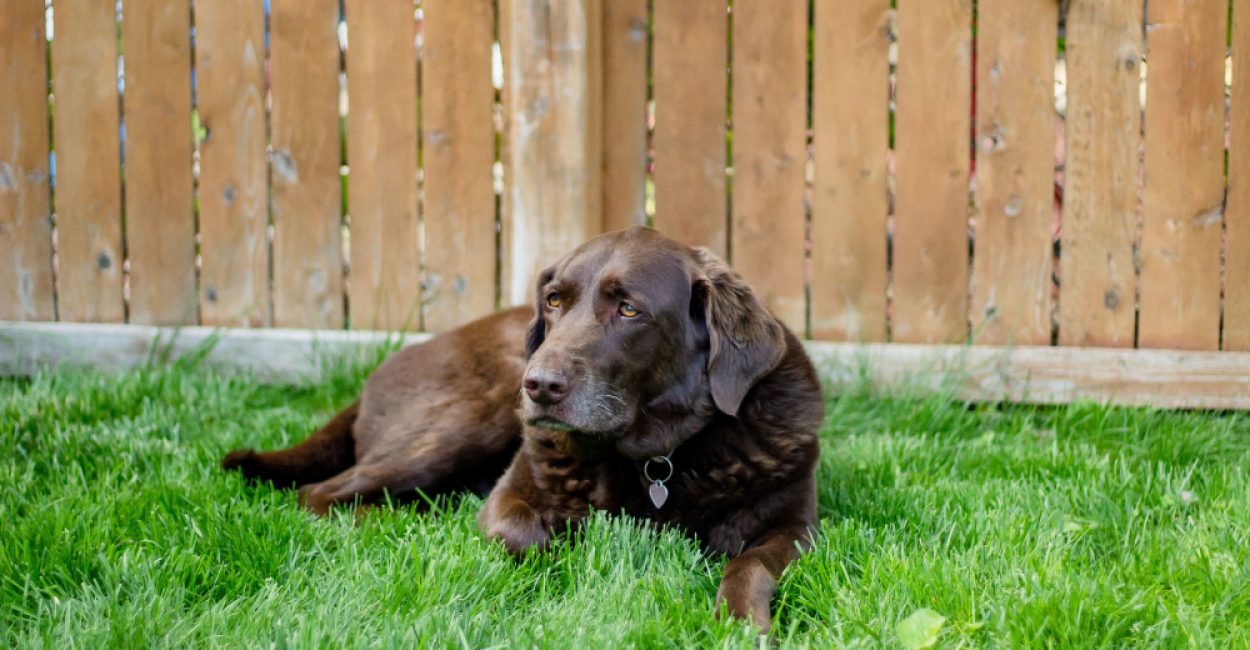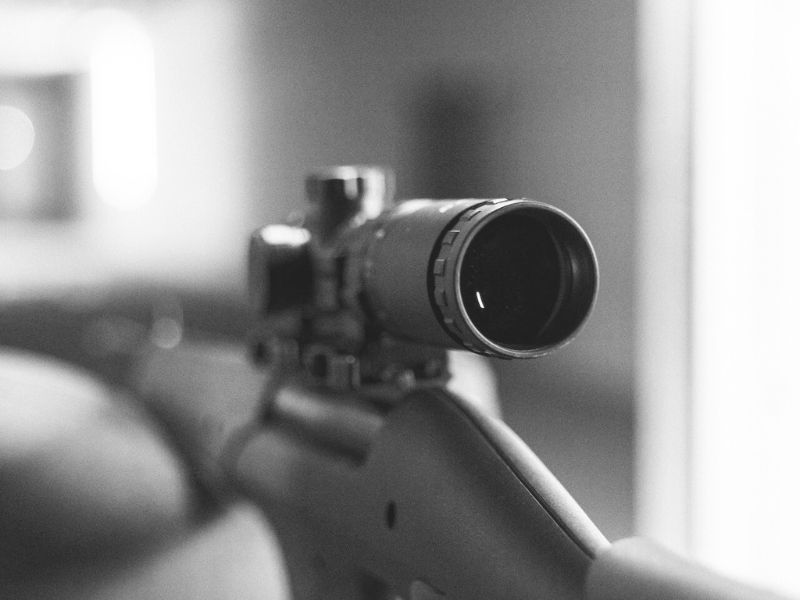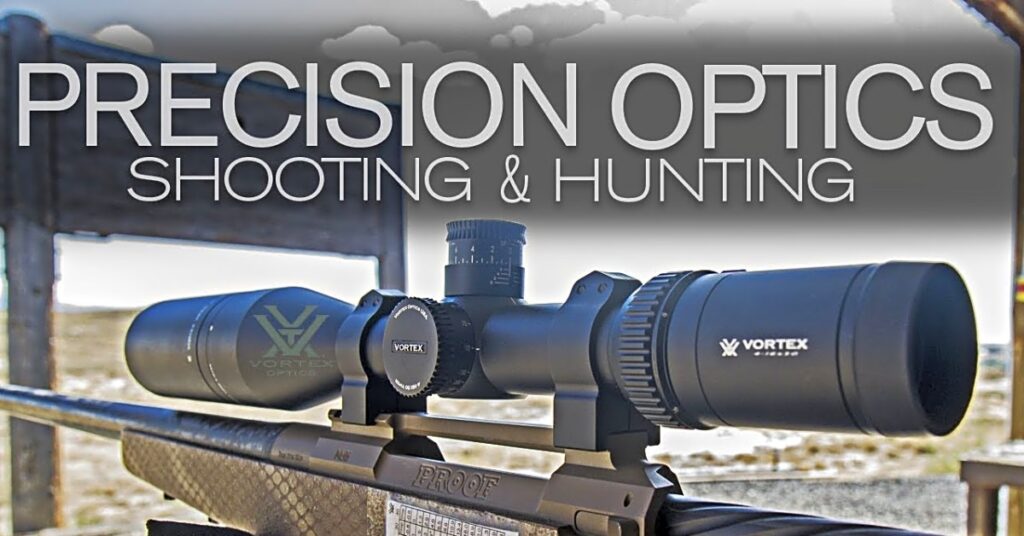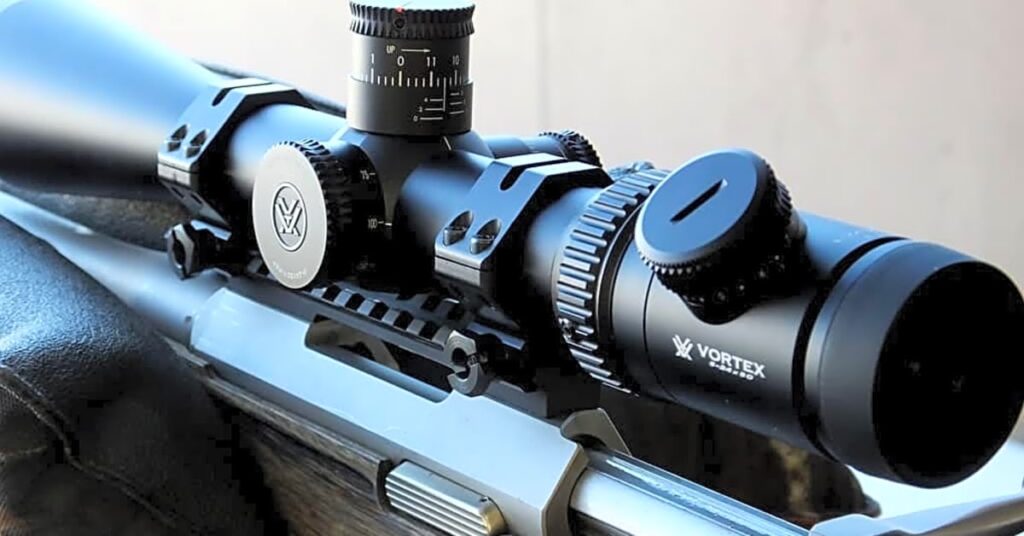Hunting dog breeds are not one size fits all. Some of the best-hunting dogs will be more difficult to train, some may not have the instinct to point or retrieve, and others might require a lot of exercises each day. Finding the best hunting dog breed should be easier if you know what type of hunt best suits your lifestyle! With that in mind, here are the most OK hunting dogs available.
Labrador Retriever
The Lab is, without a doubt, one of the most intelligent purebred dogs registered with the American Kennel Club. On second thought, that’s not entirely accurate. Labs are great pets for various reasons, including their intelligence, trainability, aloofness, friendliness with children and other people, and fun-loving disposition. They’re also fantastic swimmers on both lands and in water.
They’re the Swiss Army Knife of gundogs, according to one observer. They’re capable of performing just about any flushing or retrieving task that is put before them. They’re great shed hunters, too. Labs have been selectively bred for millennia to work with people in the achievement of complex, mutually beneficial undertakings, making them genetically predisposed—hard-wired—to be “people dogs.” Labs also have a distinct personality profile with a low level of fear and aggression, which explains why Labs are such excellent hunters and service dogs, but they are terrible guard dogs as a general rule.
The one disadvantage of living with a Lab is that you must be highly vigilant about controlling portion sizes and not overfeeding them. Labs are food hunters, and because they tend to finish their meals in the time, it takes to pour it into the bowl, convincing yourself that they’re getting enough can be difficult. You must be firm and let your body condition rather than the quantity of food (or its speed of consumption) determine your eating habits.
Golden Retriever
As long as the Lab has dominated AKC registrations, the golden has held onto the #3 position. (For the record, the second most popular breed is the German shepherd.) The golden shares many of the same characteristics with the Lab, but he’s even more loving and lively.
Consider it this way: You’d want a Lab to handle your money, but you’d like a golden to throw you a party. He’ll be wearing the lampshade after only a few hours of the celebration. Make no mistake, though: This dog is a hunter. If he’s from decent field stock, he’ll hunt just as effectively. In other words, if you want a golden with the style and elegance of a fashion model or an urban high-rise apartment in Manhattan, forget it; you’re looking for its rural counterparts. The beautiful coat of the golden requires some care, and if you hunt pheasants with one—a task the breed is known for—you must be prepared to comb out snags.
Another thing to keep in mind if you’re looking for a golden is that the breed has an increased risk of certain malignancies. The danger is particularly significant among spayed females, which is prompting an increasing number of veterinarians to urge female goldens not to be spayed unless there’s a medical necessity for doing so. It’s something to consider.
German Shorthaired Pointer
The German shorthair, another popular hunting dog breed on the AKC’s “most popular” list, is a brutal, attractive all-purpose hunter that has shown its mettle on every upland gamebird and in all sorts of weather and places throughout the country. The short hair can also handle light to medium water work because he is a natural retriever, but you’ll want to dress him in a neoprene jacket for added warmth if he gets wet.
Teutonic Shepherds are genuinely kind dogs beneath their calm Teutonic exterior; it’s just that they don’t gush as excessively as some other breeds. They’re incredibly low-maintenance and undemanding, with a well-developed on-off switch, which means they can go from all-business in the field to all-chill in the house with ease.
GSPs are lovely family dogs. They’re also excellent with children, significantly when other taller, deeper-chested dogs suffer from bloat and gastric torsion—undiagnosed ailments that always demand immediate veterinary care. It’s also challenging to come up with anything wrong to say about the German shorthair.
Brittany
The Brittany is the dog breed that looks most at home in a house. (And, yes, “Brittany” is the breed’s formal name; the spaniel identifier was discontinued decades ago.) To see a Britt, you’d think he was just a fuzzy, pleasant, stub-tailed lap dog—which is precisely what the French farmers and other fellow citizens who created the breed intended.
There were a lot of them who worked as poachers in addition to being hunters. Though being seen with a pointer or setter might have drawn attention, a Brittany, which evoked an image of a lost tail in the mind of many people, could operate under the radar. Plus, if a poacher was shocked by one of the Count’s bailiffs while carrying his 30-pound dog under his arm, he might be able to tuck it beneath his arm and flee the scene. (I’m not making that up.)
The Britt is a breed of pheasant that has become increasingly popular among American athletes since it was discovered in the 1960s. The Britt’s characteristic joie de vivre, biddability, and versatility earned it a following among Midwestern pheasant hunters. Still, it quickly gained popularity across Texas and Oklahoma due to Delmar Smith’s efforts.
Britts can be a little quirky and difficult to understand—you may find yourself wondering what they’re thinking—but on the whole, they’re lovely, easy-going pals who like living in a family setting. Their tiny stature makes them particularly well-suited to apartment life, too.
English Setter
The English setter is the most common breed of canine globally, and it’s also the aristocracy of canines. When we think of a classic post-hunt scene, we typically picture an English setter sprawled in front of the fireplace, roaring fire, leather-bound book, comfortable chair, ice cubes tinkling in a glass of brown liquor.
It’s difficult for me to be impartial—I’ve always felt that I was primarily a Setter Man—but those who argue that a decent English setter will spoil you for any other breed will not receive any argument from me. OOf course, there’s the look and usefulness, but the setter also exudes an air of romance that no other hunting dog breed can match.
When it comes to looking for a dog, you must keep in mind that, depending on the bloodline, one English setter might appear very different from another, making it difficult to comprehend that they’re all from the same breed. Some of the most popular species are setters, including everything from tiny 8-pound ladies to enormous 80-pound males with silky coats that nearly touch the ground. There are also 35-pound setters with just enough wispy feathering to distinguish them from pointers.
While the bigger dogs are sluggish, organized, and close-working, some of the smaller setters cover such a tremendous amount of territory so fast that they practically leave a contrail. The good news is that each dog has a perfectly formed personality, to the manner born, that has fueled the popularity of the English setter.
Pointer
The pointer is, without a doubt, the hunting dog breed on this list that you probably didn’t expect. (And yes, the breed’s name is a pointer; “English pointer” is a misnomer.) In the opinion of most athletes, the pointer is a dog that lives in a kennel and belongs there. Stereotypically aloof, unaffectionate, and single-mindedly committed to finding birds with such fury that it gives little thought to anything else—except for feeding and…well, you know what—the pointer is a dog that most athletes see living in a kennel and therefore do not near their guns or gear.
Bollocks to that. This is a self-fulfilling prophecy in the purest sense of the term. Do pointers get along well in kennels? Yes, they do—but not because they aren’t wonderful house pets. The most loving dog I’ve ever had was a pointer, and Steve Smith, my esteemed editor, writer, and wingshooting authority, has kept his points in the house for years.
“Two pointers are currently keeping my family-room sofa from floating away,” he added. “They will later wake themselves up to beg at the dinner table—and effectively—before settling down on their pads in the bedroom. Does this impact their hunting? Yes—because they’re with me pretty much 24/7, they’re more attuned to me.”
The wirehaired pointing griffon has a scratchy appearance, but it is kind. He may be as adorable as any other you’ll discover. The griff soaks up attention like a sponge, giving as good as it gets, and is an outstanding choice for the hunter who wants both a family companion and a close-working, easy-handling pointing dog that retrieves naturally and is about as waterproof as a pointing breed can be.
Then there are the lookalike spaniels who share the title of Official State Dog: the American water spaniel (the state dog of Wisconsin) and the Boykin spaniel (the state dog of South Carolina). Yes, they flush and capture upland birds and waterfowl, but they’ll also scatter turkeys, tree squirrels, run rabbits, and even catch the odd mink or muskrat if given a chance. They’re a little more “one-man dog” than some of the other hunting dog breeds we’ve discussed thus far, but it’s not necessarily a negative thing.




